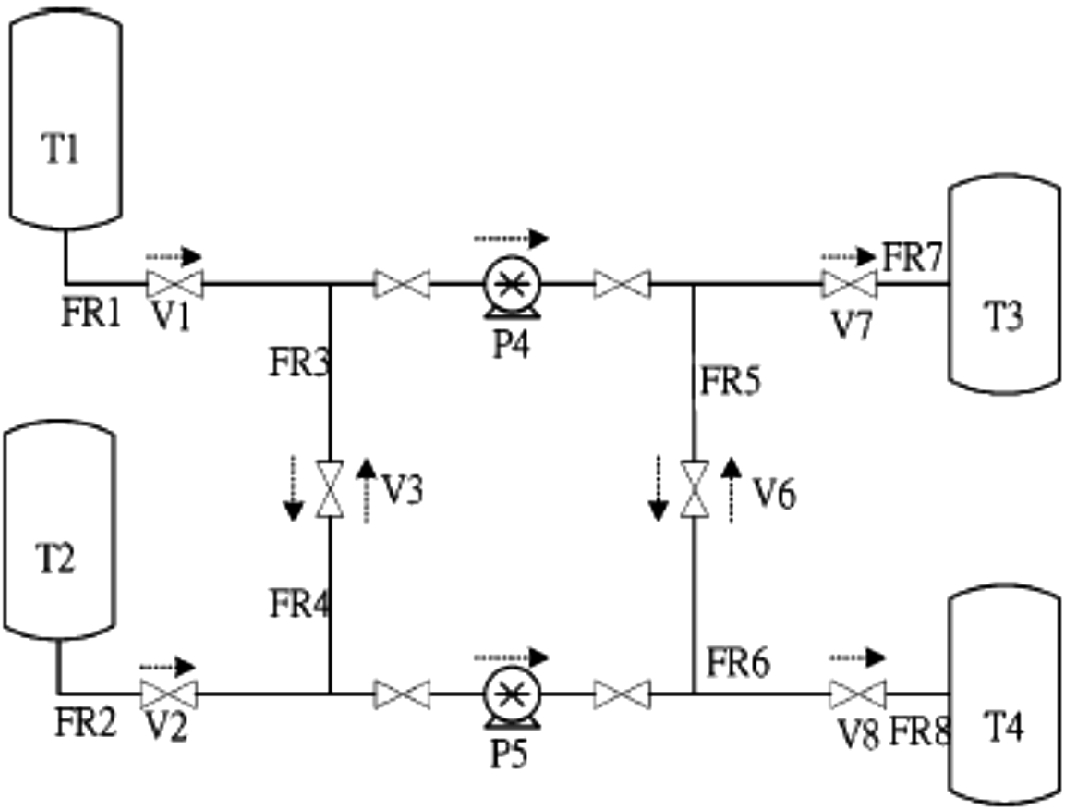

- #Long path tool 5.1.4 license key license key
- #Long path tool 5.1.4 license key install
- #Long path tool 5.1.4 license key update
#Long path tool 5.1.4 license key install
In the Volume Activation Tools of the Volume Activation service, start the CSVLK Installation wizard and complete the steps to install the CSVLK, choose Activate AD, and (optionally) create a friendly name for the activation object. Log into any computer joined to the domain that is running Windows Server 2012, Windows 8 (or later operating system) with an account that is in the Licensing Security Group.
#Long path tool 5.1.4 license key license key
Obtain a customer-specific volume license key (CSVLK). Optionally, the Enterprise Administrator can add accounts to the Licensing Security Group to delegate the ability to store activation objects. This creates the Licensing Security Group. Optionally, using an account with administrative access to the Domain Root Directory (such as Enterprise Administrator), run the script available in Appendix A of this topic.
#Long path tool 5.1.4 license key update
If the forest is not already based on the Windows Server 2012 schema, run the Windows Server 2012 (or later) version of Adprep.exe to update the schema. You cannot edit the activation objects, but you can use Volume Activation Services to control and view them. Members that you add to that Security Group are authorized to create activation objects, allowing you to delegate licensing support. You can use a one-time script (Appendix A in this topic) that runs at the Enterprise Administrator level, creates a Security Group, and designates an owner for it. To use Active Directory-based activation, access any computer joined to the domain that is running Windows Server 2012, Windows 8 (or later) operating system and activate the computer with a volume product key (CSVLK) by using the UI or other activation methods. At each renewal interval, any Key Management Service (KMS) clients, upon connection to the domain, will attempt to use Active Directory activation if that is not available, they will continue to use KMS activation.

They remain activated as long as they remain joined to the domain and in contact with it. When any Windows Server 2012, Windows 8 (or later operating system) computers that are volume licensed join the domain, they access the activation object present in Active Directory and become activated automatically. You can accomplish the initial activation of the first computer with Volume Activation Services in Server Manager or Slmgr.vbs Active Directory activation commands (see Slmgr.vbs Options for Volume Activation). Whenever you activate a computer running these or later operating systems that is joined to a domain that is using the Windows 8 (or later) schema, an activation object is created and stored in Active Directory, instead of on the local computer. Starting with Windows Server® 2012 and Windows® 8, you can avoid designating and configuring an activation server altogether and use Active Directory for activation instead. Applies To: Windows 10, Windows 8.1, Windows Server 2012 R2


 0 kommentar(er)
0 kommentar(er)
